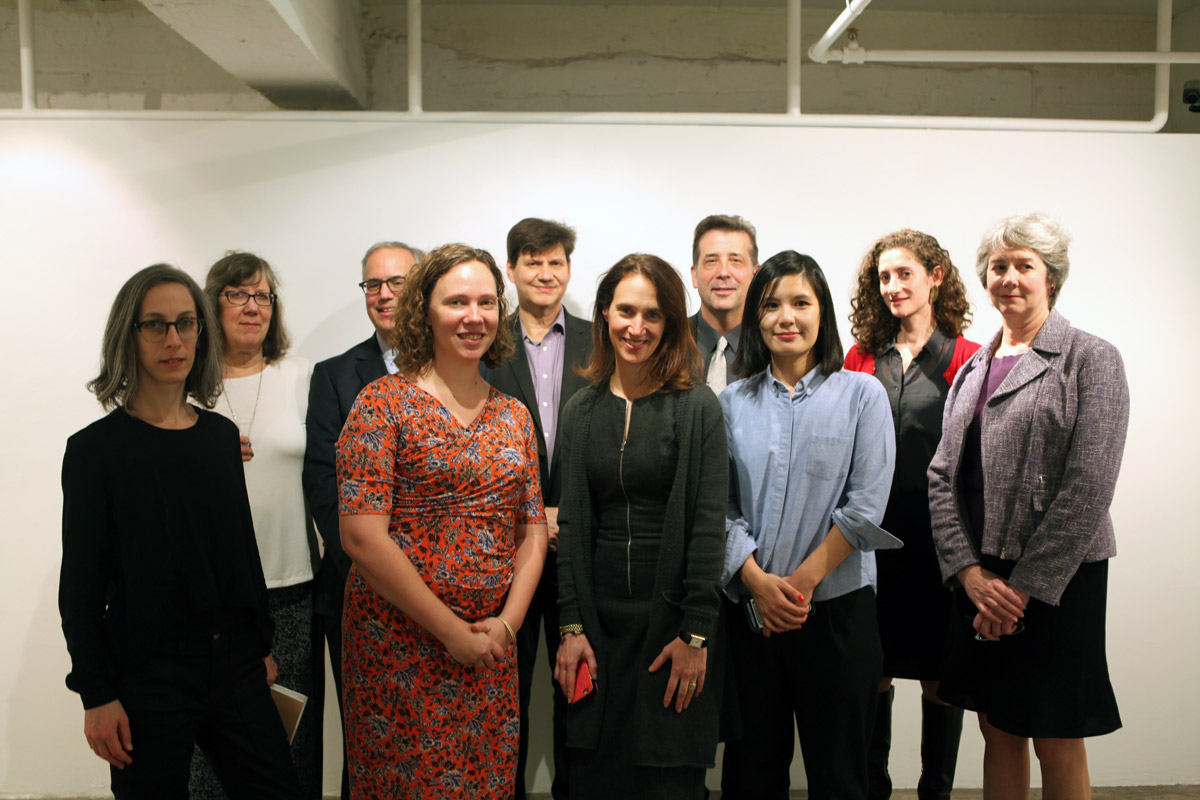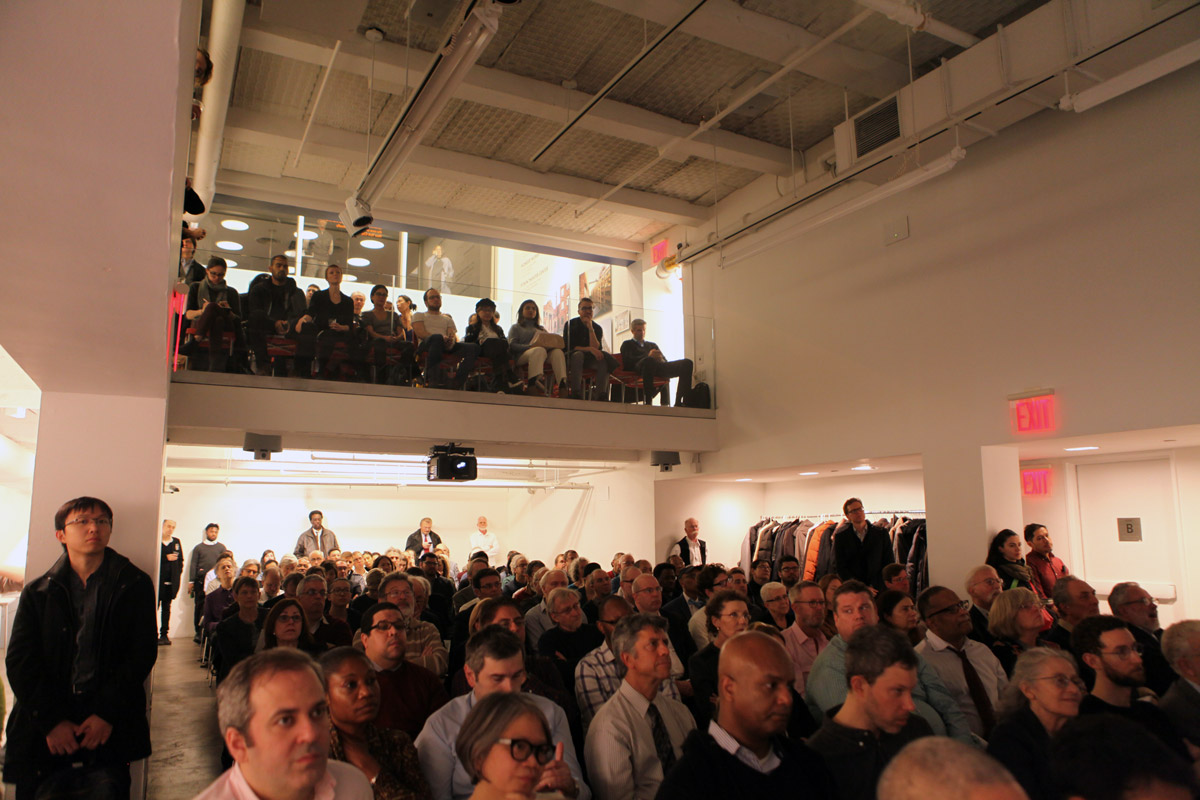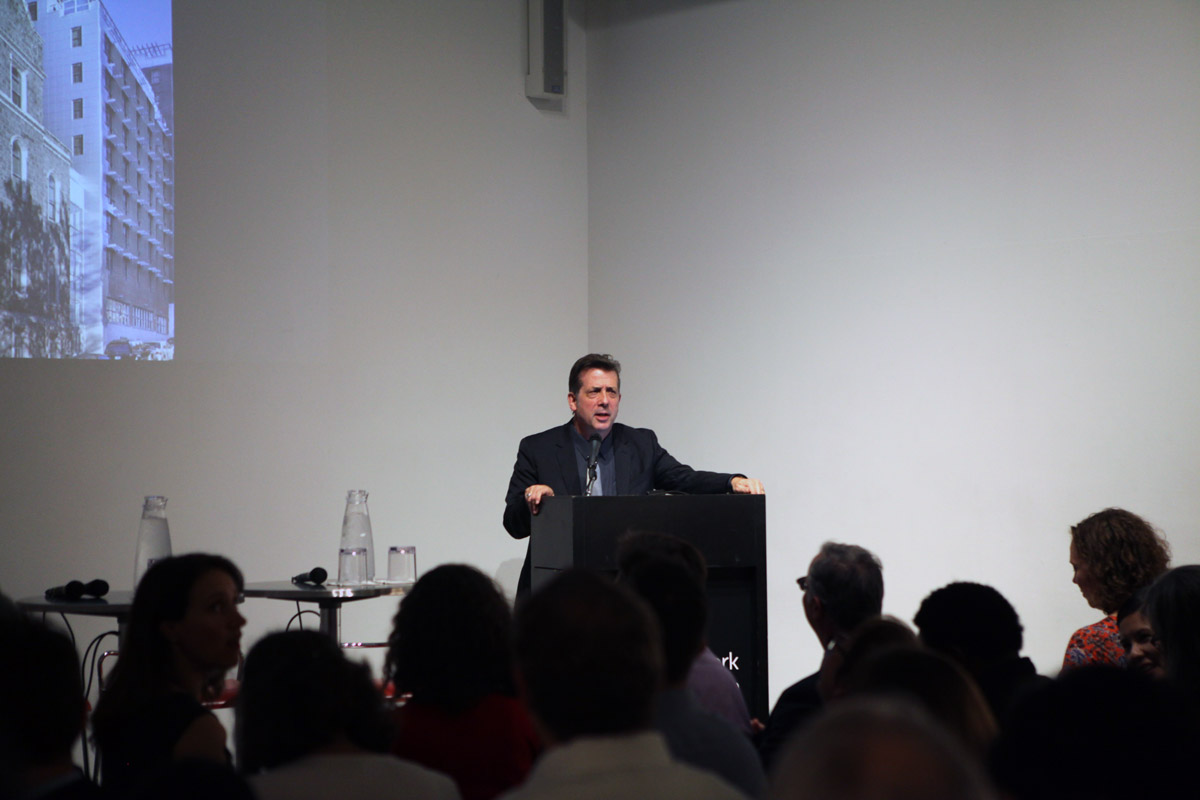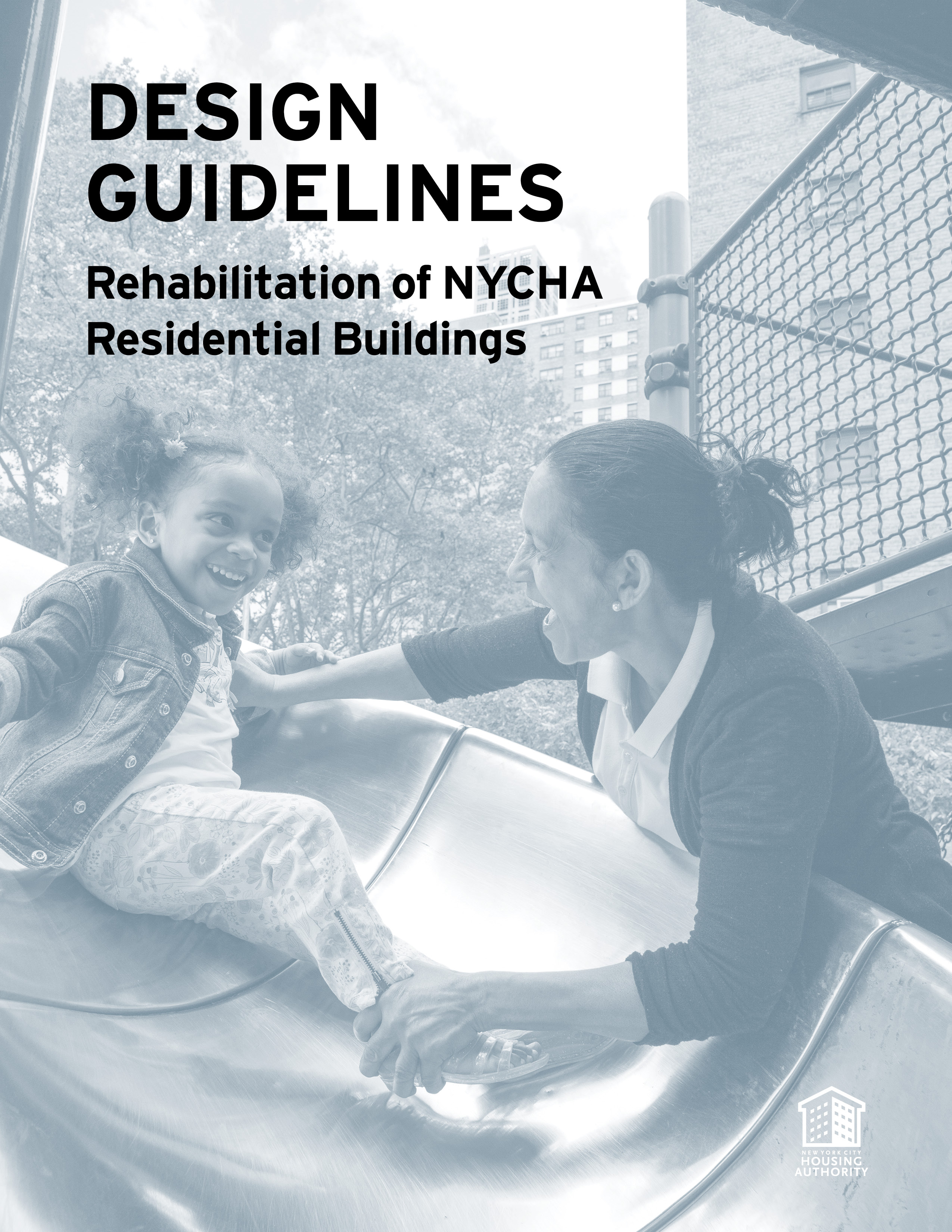by: Anna Gibertini
On 01.12.17, representatives from the New York City Housing Authority (NYCHA) debuted the authority’s new Design Guidelines for the Rehabilitation of NYCHA Residential Buildings to a packed room of architects, policy makers, urban designers, and concerned NYC residents. As part of NYCHA’s 10-year strategic plan entitled NextGeneration NYCHA, which aims to dramatically improve residents’ quality of life through updated health, environmental, and social policies, the publication details new guidelines and procedures to improve the interiors and exteriors of the 2,550 buildings within NYCHA’s domain.
The guidelines came to life through a collaboration between NYCHA, the AIANY Housing Committee, the AIANY Design for Aging Commitee, and Enterprise Community Partners. All in all, 17 different departments worked on the publication for a year.
“Some of our key goals for this publication were to be concise, to keep the guidelines visually oriented, and to really take our time to explain the new standards,” explains Enterprise Rose Architectural Fellow Jae Shin, who spearheaded the collaboration. Shin detailed four overarching themes, including connected communities, quality of life, affordability, and sustainability.
Only a few of the new ideas that can be found within the guidelines were discussed, but the audience reacted positively to them. In terms of improvement of health and community connection, the guidelines recommend adult fitness and multi-generational play places, as well as an increase in common spaces to encourage people to get out of their apartments and move about. The panelists recounted positive meetings with residents to discuss renovating kitchen designs to make a more practical apartment. A common but serious health problem for residents living in older buildings is asthma; NYCHA will install new flooring with a lower mold propensity.
A few audience members were concerned with just how these new guidelines would integrate NYCHA’s public housing units into the fabric of the city. One NYCHA veteran even likened the guidelines to simply moving the deck chairs on the Titanic. The panelists, however, remained undaunted.
“It’s going to be a challenge,” admitted Mark Ginsberg, FAIA, of Curtis + Ginsberg Architects, “but NYCHA is indispensable to the success of New York City.”
Shin agreed, adding that integrating public housing into the fabric of the broader city will only happen if NYCHA repairs what already exists. Working with landscape architects and the Parks Department to remove fences and activate the grounds through inclusive programming will create soft, holistic boundaries, she explained. She also expressed great confidence in the city’s architectural students and incoming architects keeping up the integration momentum.
New York City’s Housing Authority is the largest in the nation. Approximately 400,000 people, about 5 percent of the city’s total population, live in NYCHA buildings. Mayor LaGuardia created NYCHA in 1934 and the majority of the buildings were built between 1945 and 1965.
Watch a live video from the event here.
Event: Designing the Next Generation of Public Housing in New York
Location: Center for Architecture, 01.12.17
Speakers: Krista Egger, Director of Initiatives, Enterprise Community Partners
Bruce Eisenberg, AIA, Deputy Director, Office of Design, New York City Housing Authority
Mark Ginsberg, FAIA, Principal, Curtis + Ginsberg Architects LLP
Deborah Goddard, Executive Vice President, Capital Projects, New York City Housing Authority
Jae Shin, Enterprise Rose Architectural Fellow, New York City Housing Authority
Moderator: Lee Altman, Adjunct Associate Professor of Architecture, Urban Design, Columbia University Graduate School of Architecture, Preservation and Planning
Organized by: AIANY Housing Committee, AIANY Design for Aging Committee, and New York City Housing Authority
Special thanks to: Fund for Public Housing, Deutsche Bank, and Enterprise Community Partners for their support and partnership in NYCHA’s Design Excellence Initiative, and to Morgan Stanley and Citi Foundation for their support of Enterprise’s Public Housing work, including the Enterprise Rose Architectural Fellowship.
Sponsored by: Intus Windows












